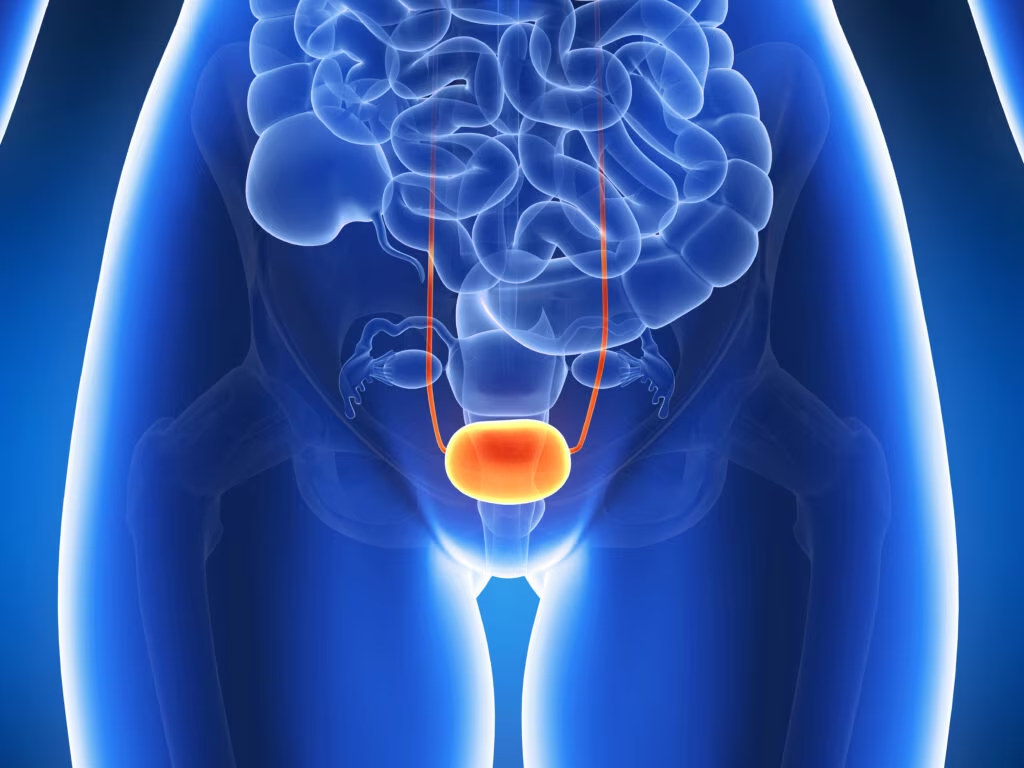Welcome to the Fall edition of US Endocrinology, which features a series of articles that tackle many of the important issues relevant to endocrinologists, as well as reflecting the progress and challenges in this active area of clinical research. Our popular expert interviews provide concise snapshots of hot topics in medicine. Stephen LaFranchi explores the challenges of screening and managing hypothyroidism in children. John Buse discusses current and emerging treatment options for patients with type 1 diabetes (T1D) who are inadequately controlled with insulin pumps. While acknowledging the challenges of diabetes in today’s society, we should not forget the lessons of past masters. Kalra and Saboo present a thought-provoking introductory editorial on the philosophy of Leonardo da Vinci and its relevance to insulin use today.
The global epidemic of type 2 diabetes (T2D) continues to be a major focus of clinical research. The importance of diet in the management of T2D has long been established; but, despite evidence-based dietary guidelines, controversy persists. In two editorials, Kalra et al. discuss the concept of ketocrinology, as well as the rationale for, advantages and limitations of the ketogenic diet in the management of obesity and T2D. Obesity is explored in a different area of endocrinology later in the journal. Polycystic ovary syndrome (PCOS) is one of the most common, but treatable, causes of infertility in women and is linked with insulin resistance and obesity. Mariani and Bellver review management options for infertile women with PCOS.
Both T1D and T2D have been associated with an increased risk of osteoporosis. Olarte and Andrade provide an overview of the mechanisms underlying the association between diabetes and osteoporosis, as well the diagnostic methods used to evaluate these patients. Bone health is also the focus of an original research article featuring later in the journal by Dutta et al., which highlights the risks of vitamin D intoxication, the dangers of unmonitored vitamin D supplementation, and the dangers associated with calcitriol-based calcium supplements in clinical practice in India.
Current therapeutic strategies for the prevention of complications associated with T2D are only instigated after diagnosis of the disease. Given the high prevalence of prediabetes, my article presents a new concept of T2D: the Dysglycemia-Based Chronic Disease (DBCD) model. This places T2D and prediabetes on a continuous spectrum from insulin resistance to vascular combination and may facilitate earlier intervention. One of the lesser-known complications of diabetes is chronic periodontitis (CP). In a fascinating review, Winning and Linden describe emerging insights into the relationship between diabetes and CP, in which one disease is a co-factor in the pathogenesis of the other.
Emerging adults with T1D face many challenges in managing their condition due to other priorities in their lives. Neesha Ramchandani explores the utility and limitations of multi-component telemedicine services, which may keep patients engaged with their diabetes providers.
US Endocrinology would like to thank all expert authors who contributed towards this edition. A special thanks goes to our Editorial Board for their continuing support and guidance. Thanks also go to all organizations and media partners for their ongoing support. We hope that you will find it a useful and informative read.












